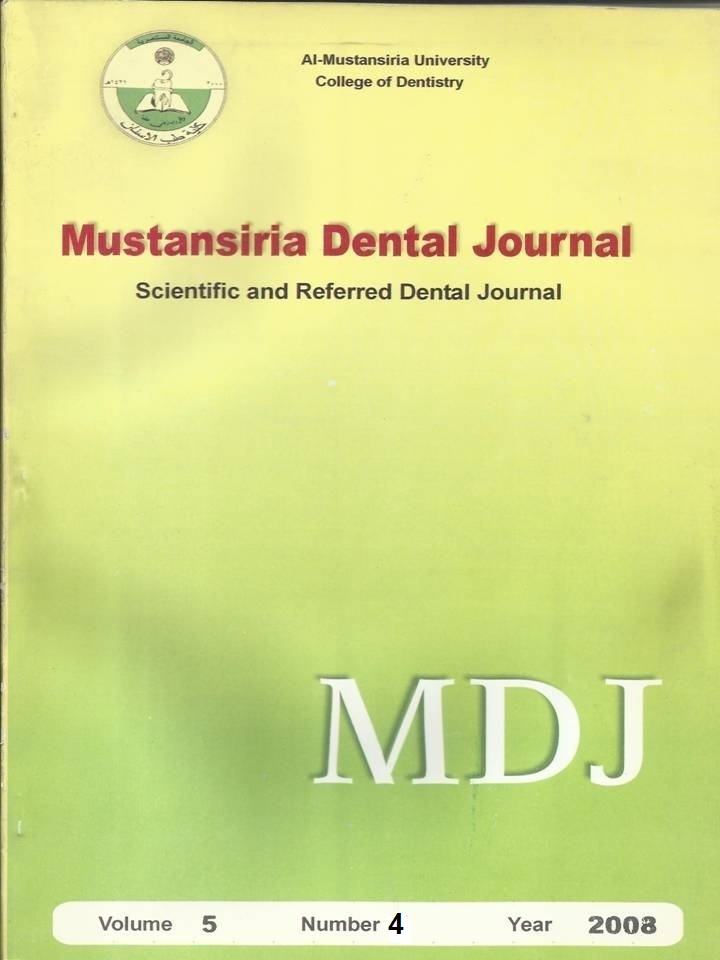The Use of Computer Technology in Dental Arch Crowding Assessment
DOI:
https://doi.org/10.32828/mdj.v5i4.559Keywords:
Key words: Orthodontic treatment, teeth, crowdingAbstract
Background: Correct alignment of teeth is a fundamental goal of Orthodontic treatment. The accurate assessment of dental crowding and the space required to alleviate it, is critical for correct orthodontic diagnosis and treatment planning.
Objectives: To assess dental crowding by using two different methods, which are manual and computerized in order to compare the advantages and disadvantages of both methods.
Methods: In this cross –sectional study, we studied a convenient sample of 100 individuals (50 male and 50 female) with different degrees of crowding. Upper and lower dental casts were obtained for each subject and these casts were analyzed by using two methods, manual and computerized.
Results: It was found that there is a significant difference between the manual and the computerized method in all measurements (crowding, space available and space required). Also, it was found that the computerized method is a quick method and more practical for the storage of a large number of dental casts and more reliable for the measurement of the space available than the manual method. But, there was some difficulty in the assessment of severely crowded groups (>4mm).
Conclusions: The degree of dental crowding increased when the teeth size increased and arch perimeter decreased. The degree of crowding in the upper arch is more affected by the size of the teeth rather than the size of the arch, while the degree of crowding in the lower arch is more affected by the arch size rather than teeth size.
Downloads
Published
Issue
Section
License
The Journal of Mustansiria Dental Journal is an open-access journal that all contents are free of charge. Articles of this journal are licensed under the terms of the Creative Commons Attribution International Public License CC-BY 4.0 (https://creativecommons.org/licenses/by/4.0/legalcode) that licensees are unrestrictly allowed to search, download, share, distribute, print, or link to the full texts of the articles, crawl them for indexing and reproduce any medium of the articles provided that they give the author(s) proper credits (citation). The journal allows the author(s) to retain the copyright of their published article.
Creative Commons-Attribution (BY)









